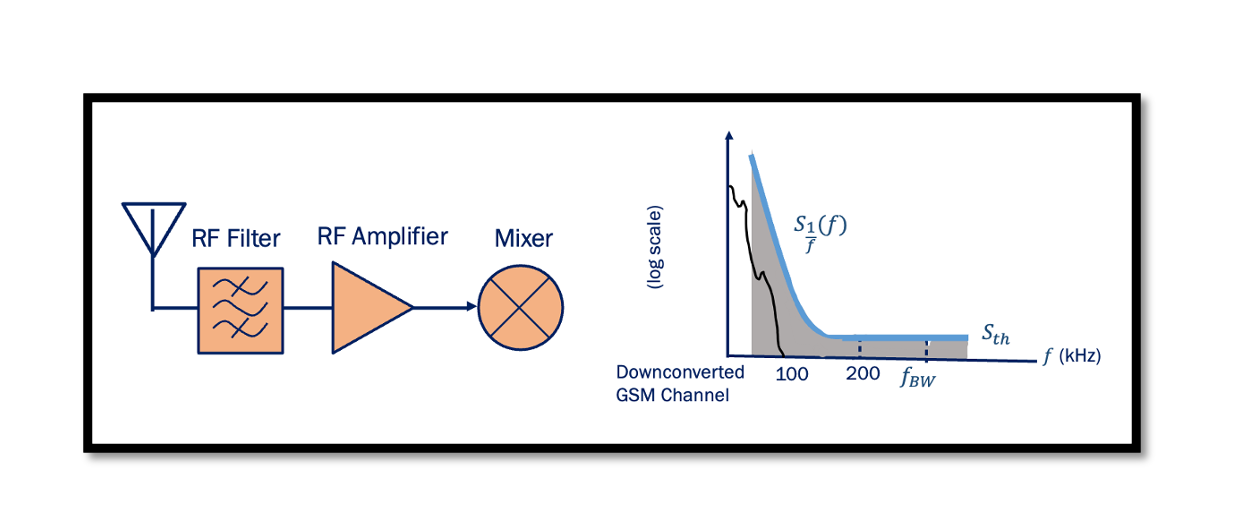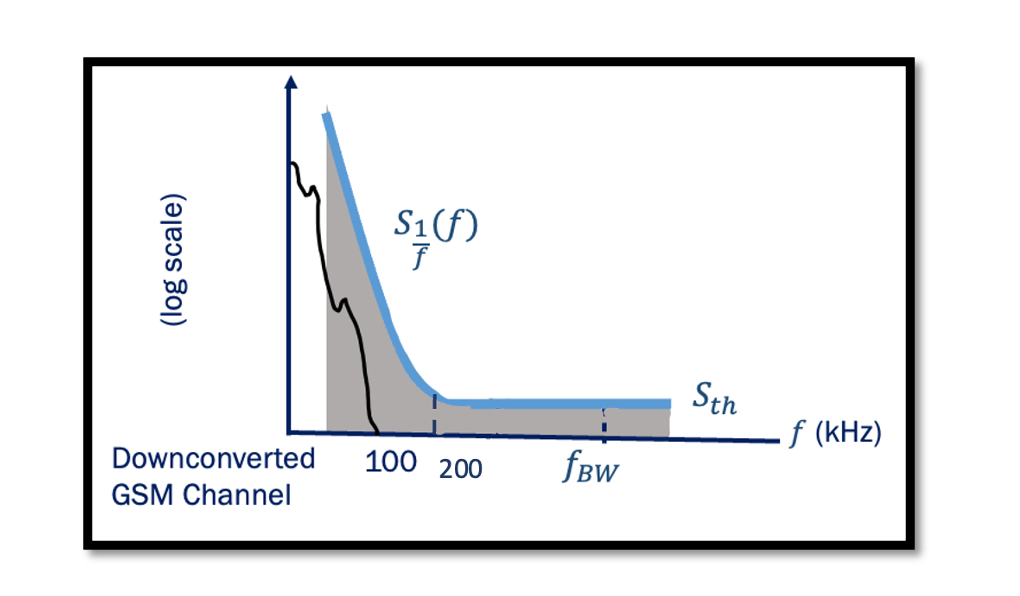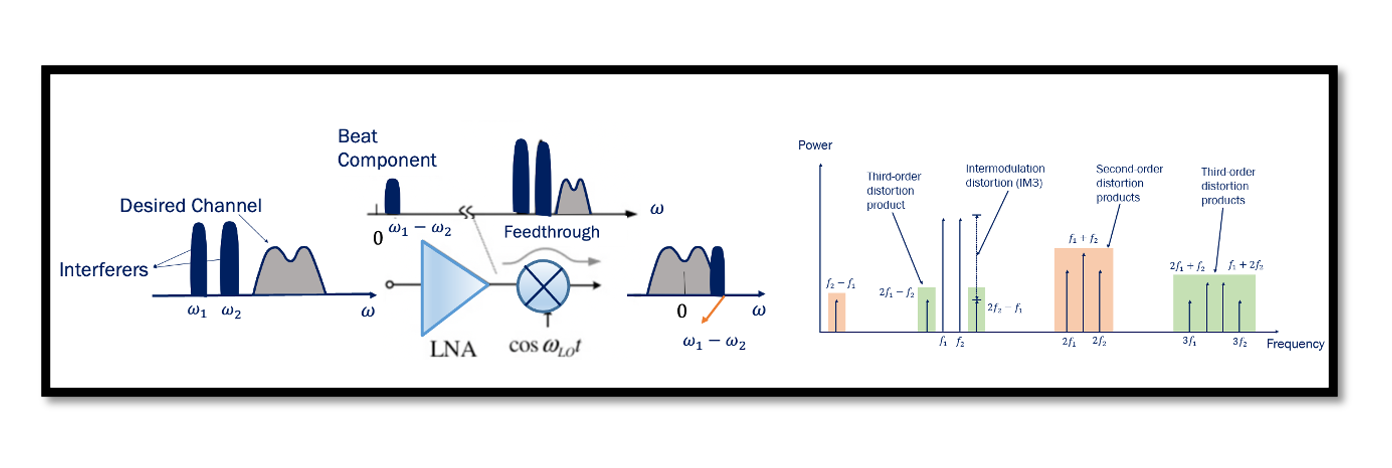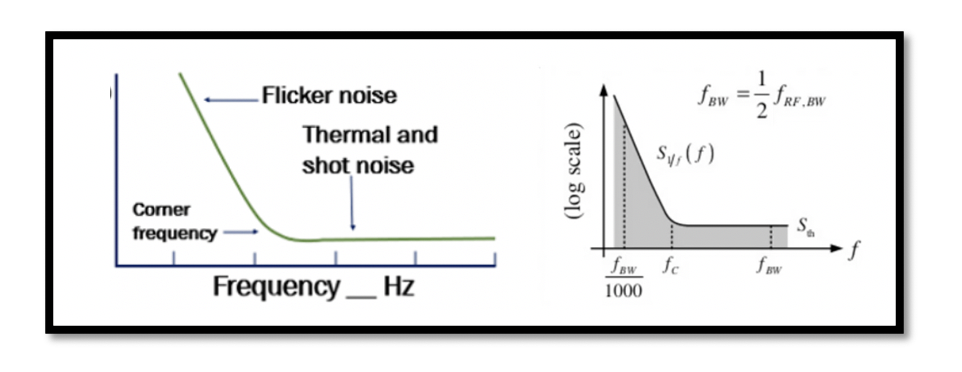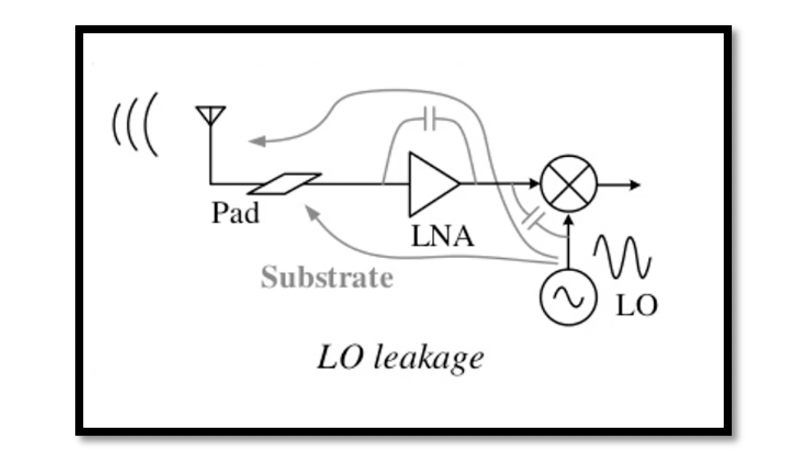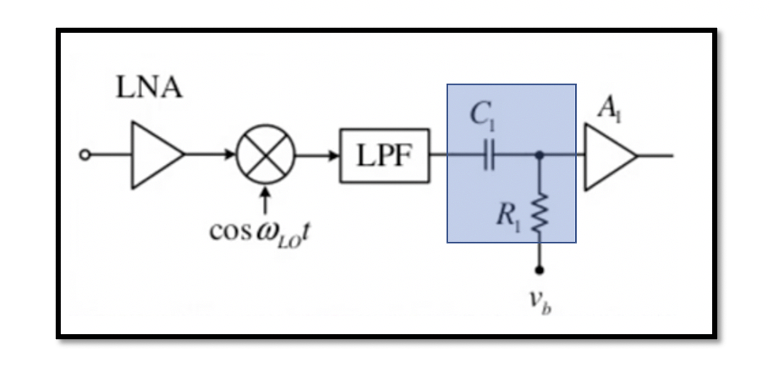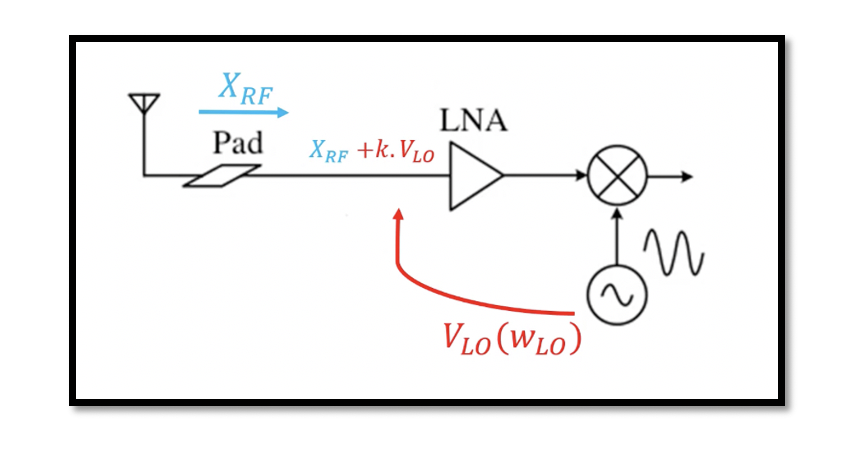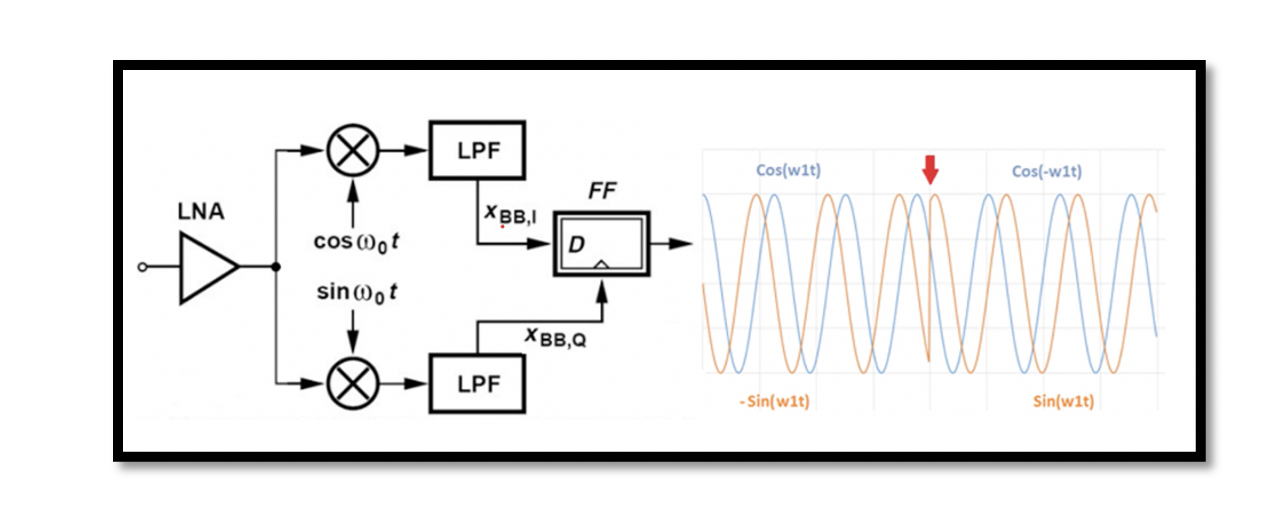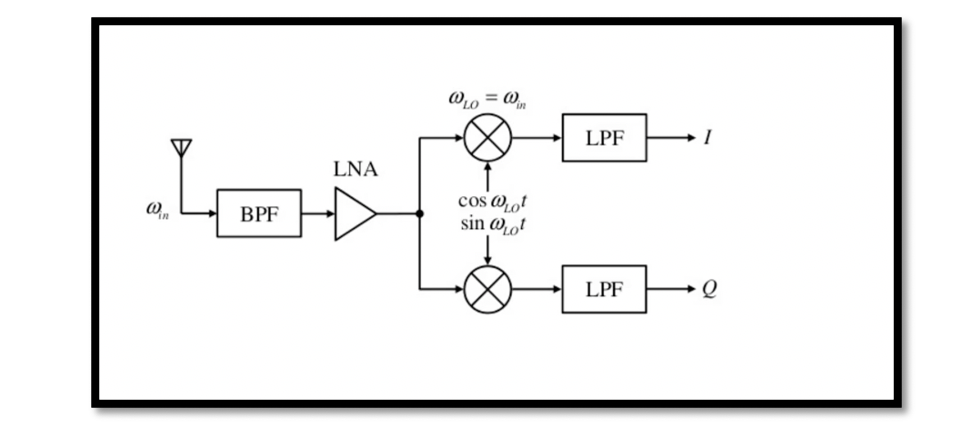How do RF Front-End components effect the Flicker Noise Penalty? We will first discuss the effect of the Antenna, LNA, and Mixer on the Flicker Noise Penalty then use an example to show if it’s good or bad for the …
Which noise is dominant in the baseband? It is flicker noise, which is dominant in the baseband, if the signal gets translated to the intermediate frequency, we will not have a flicker noise problem. The flicker noise is only dominant …
What are the drawbacks of Direct Conversion Receivers? DC offset is coming from local oscillator leakage. The local oscillator leakage problem causes a large DC offset in the baseband and saturates the baseband circuits. Read more. LO Leakage – Direct …
What is Flicker Noise? Previously we discussed different categories of noise (pink, white, and band-limited noise). Different types of noise can be specific to devices. Read about types of noise in RF devices. Flicker Noise is one of the types …
Local Oscillator leakage Direct conversion receiver emits fraction of its LO power from its antenna. Isolation is a measure of the leakage, or feedthrough, from one port to another. The figure below shows the leakage from different ports of mixer. …
How can the DC offset be removed? How to solve the problem of DC offset in direct conversion receiver? The previous section we discussed about the drawback of homodyne receiver which is DC offset. This DC offset is due to …
What is a Homodyne Receiver? In a receiver the frequency of a signal is shifted by multiplying with another sinusoidal signal called the carrier wave. This multiplication is performed by a mixer and the sinusoidal wave is generated by the …
What is Digital modulation? Digital modulation is used for mapping the binary information sequence over an analog channel (bandpass modulation) appropriate for transmission into the communication channel. This enables us to convey a large amount of information. In addition, Digital …
How is the Structure of Heterodyne Receiver? Till now we have discussed on various structures for heterodyne receivers and the image problem faced by the receiver. The first simple structure discussed is shown in figure 1. Read about the heterodyne …
What is Sliding IF receivers? In the previous section zero-IF heterodyne receiver, the receiver structure is shown having three mixers that means three local oscillators. The first mixer is for the radio frequency and next two mixers are used for …

